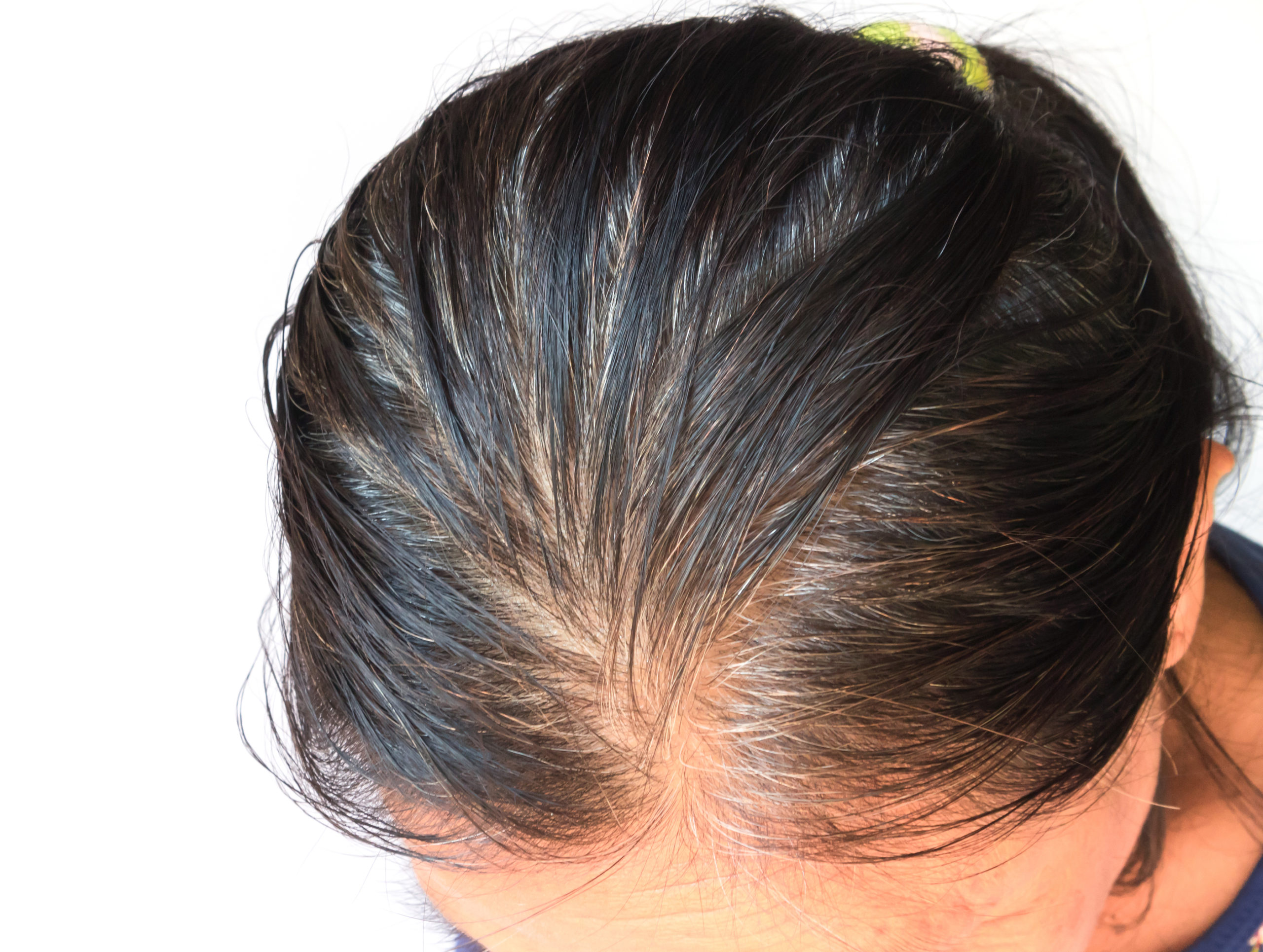Over the past several decades, technology in the field of science and medicine has become a great asset for those that suffer from various medical conditions. One such technology is low level light therapy, or LLLT; a groundbreaking tech that has changed the lives of many.
It can also be referred to as cold laser therapy. Helping those in need, LLLT comes with many benefits becoming one of the greatest technological breakthroughs of our time. Below you will read about the benefits of laser light therapy for hair growth.
What is LLLT?
Low level laser therapy is a form of medicine that uses low level lasers on the surface area of the body. Whereas high powered lasers are used in certain procedures to cut and destroy tissue, low powered lasers have the ability to relieve pain, as well as stimulate and enhance cell function.
LLLT can help patients who suffer from rheumatoid arthritis, chronic neck and low back pain, chronic joint disorders, osteoarthritis, and androgenetic alopecia. It is also being studied and utilized in helping those with depression, dementia, and Alzheimer’s disease.
When cells inside tissue are stressed due to a disease or injury, the mitochondria produce harmful nitric oxide that displaces needed oxygen from cells causing inflammation or cell death. This is where low level light therapy comes in.
When tissue is absorbed by the light from lllt, the nitric oxide is dissociated, allowing more oxygen back into the cells. Because of this function, cell metabolism is restored which creates healthier tissue and better breathing cells.
LLLT and Hair Loss
One industry who is utilizing LLLT and its miraculous ways, is the hair loss industry. Medical professionals have used this tech to help those in need of male/female pattern baldness, giving those an alternative to restore cell function than hair transplants, wigs, or spotted/complete baldness.
Low level light therapy works by restoring the hair growth cycle. The life cycle of hair is divided into three phases; anagen, active hair growth lasting between two to six years; catagen, transitional hair growth lasting two to three weeks; and telogen, resting phase lasting two to three months.
Hair is constantly growing, resting, and shedding, and while each follicle on your scalp has its own life cycle, it can be influenced by age, disease, or other factors, becoming progressively thinner and lighter in color with each growing cycle.
In male and female pattern baldness, follicles slowly become miniaturized and the growth stage is slowed. Because this phase is shortened, the hair’s maximum length is reduced. While this is happening, the resting phase lengthens, and this cycle slowly becomes more and more weighted toward the telogen phase.
Over time, the anagen phase becomes so short that the new hairs cannot peek through the surface of the skin, and no new growth occurs. Miniaturization of the follicles causes the shaft of the hair to become thinner and thinner with each cycle of growth.
Low level light therapy is believed to increase blood flow in the scalp and stimulate metabolism in catagen or telogen follicles, resulting in the production of anagen hair, meaning those follicles now have the ability to grow healthy and strong.
LLLT helps those suffering from androgenetic alopecia by improving cellular respiration and stimulating hair follicles, producing thicker and healthier hair by restoring cell production. By improving the cellular respiration, hair remains in the growth phase longer, allowing your hair to grow back thicker and darker before it goes dormant and falls out.
The use of low-level light therapy can reverse, stop, or slow down the process of hair loss. Better breathing cells make for a better functioning hair follicle.
Backed by experts in the fields of science, medicine, and technology, this tech can increase circulation and encourage hair follicles to produce hair growth through gentle stimulation.
LLLT is a wonderful technology that has come very far in the last several decades. As more research and studies are being done on this tech, the more benefits will come to light, helping those in need and changing many more lives in the process.





